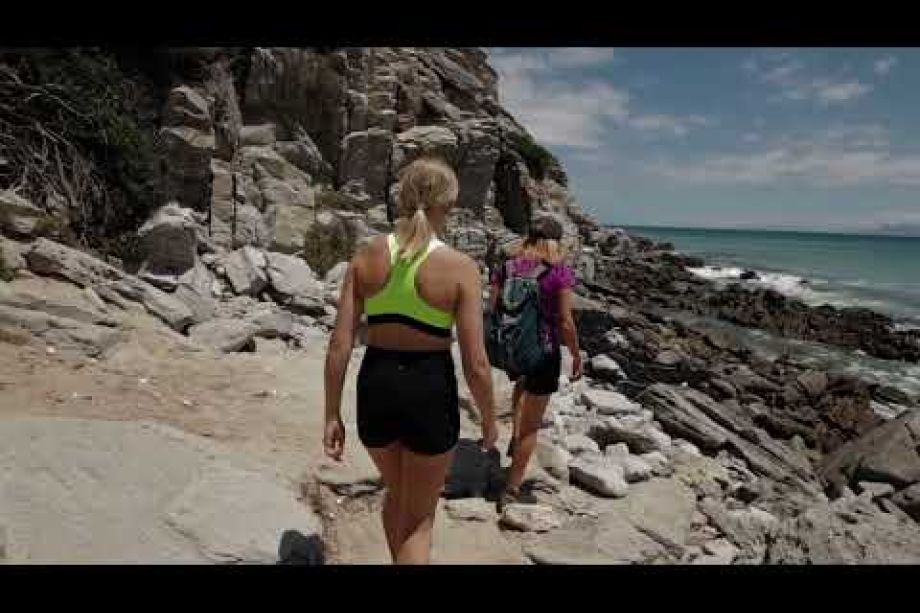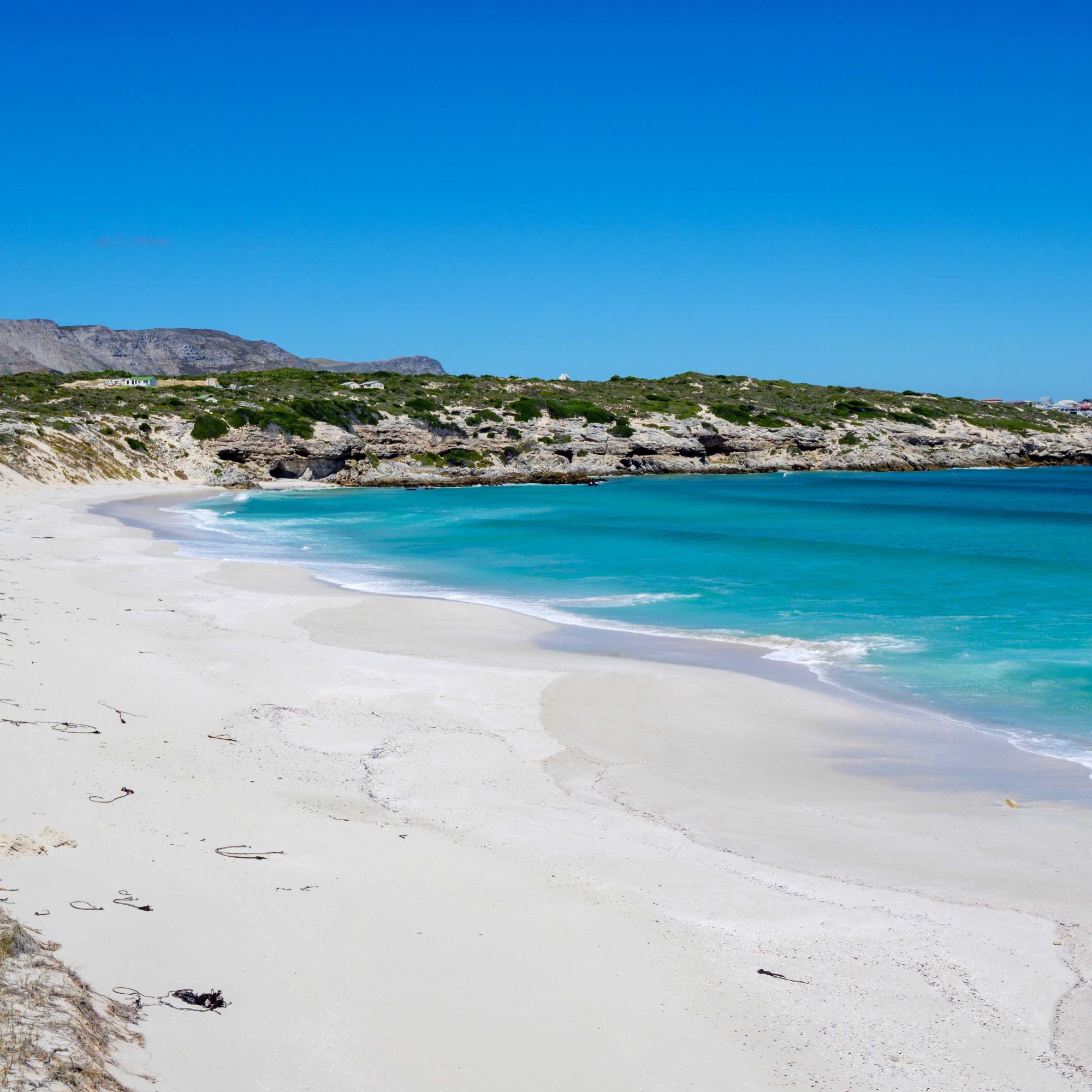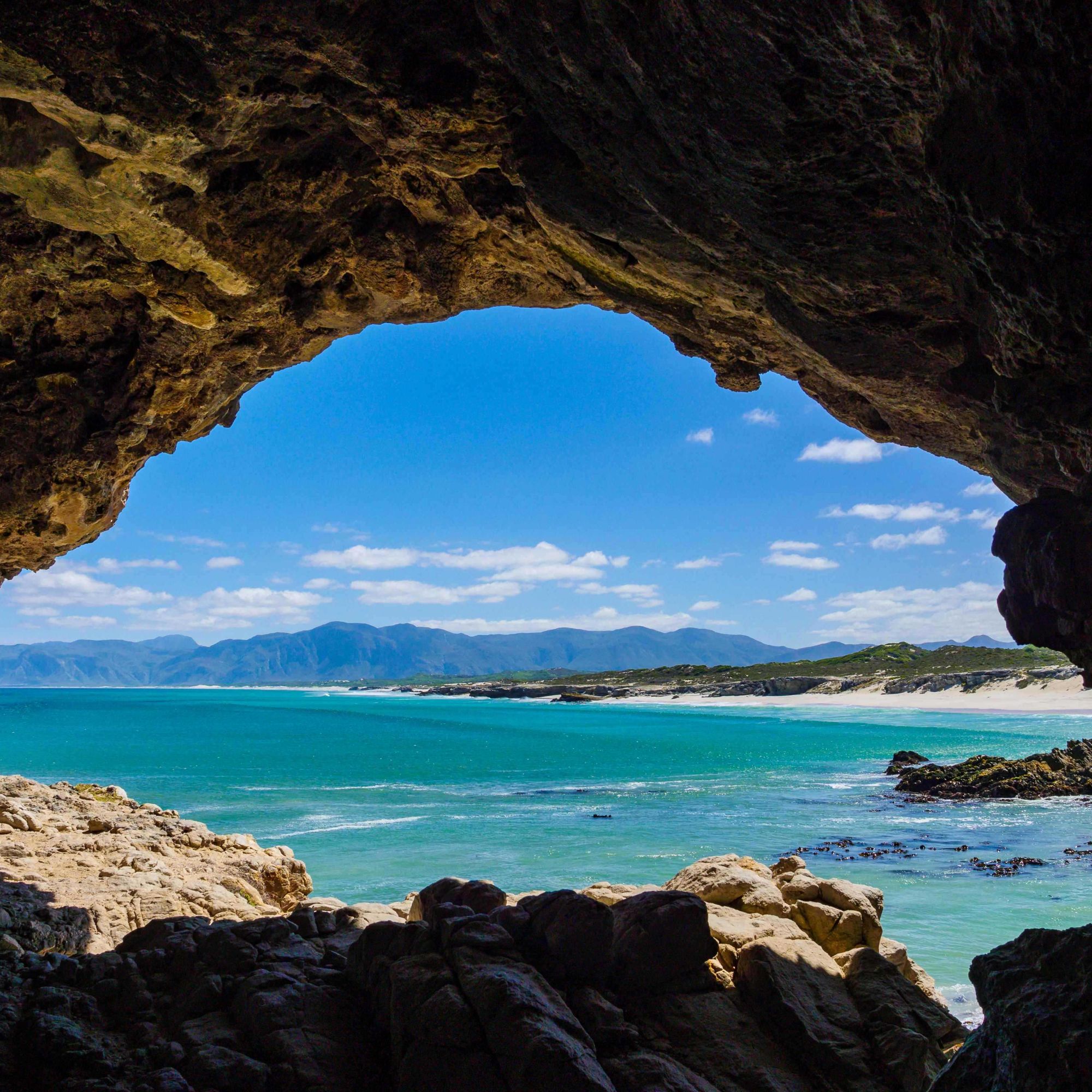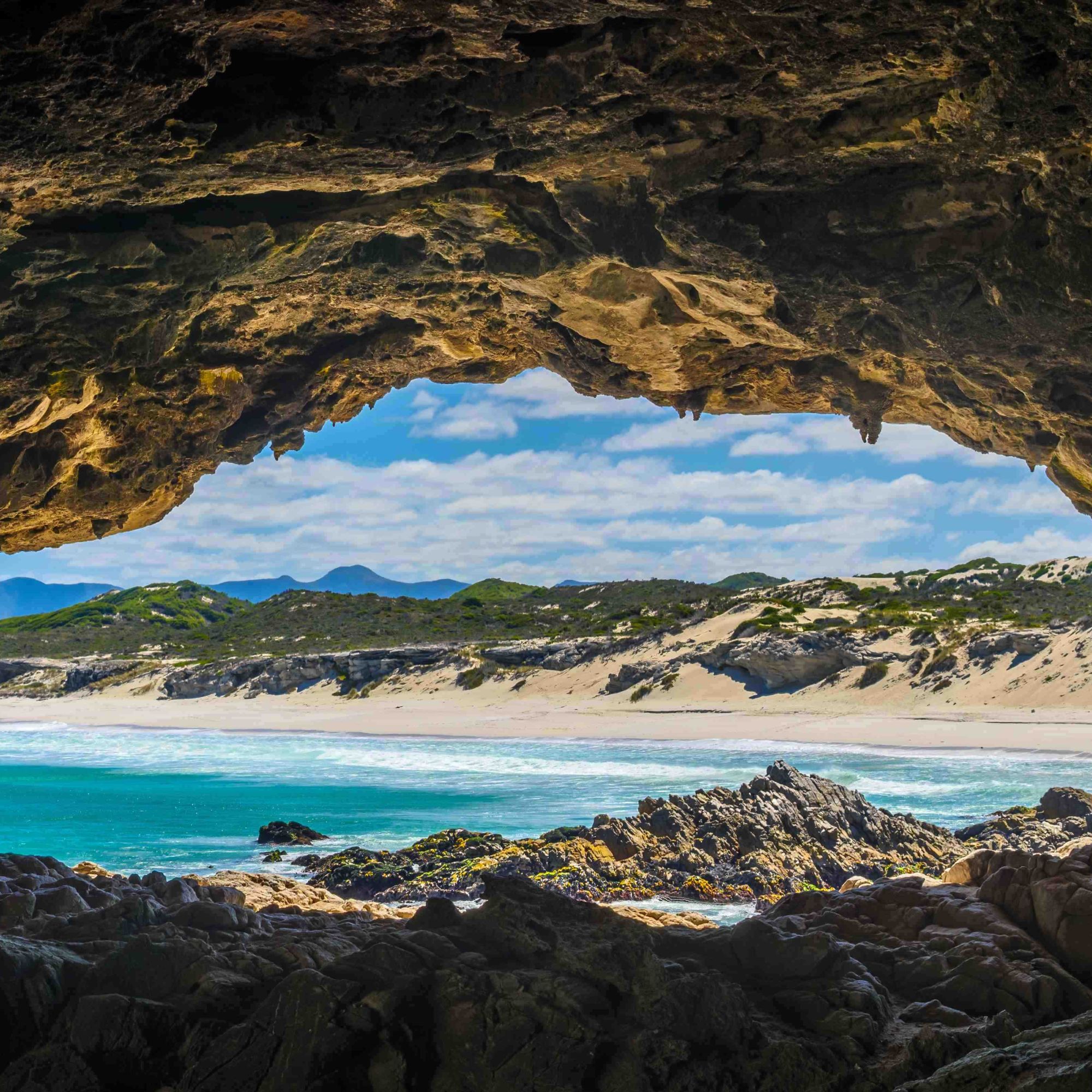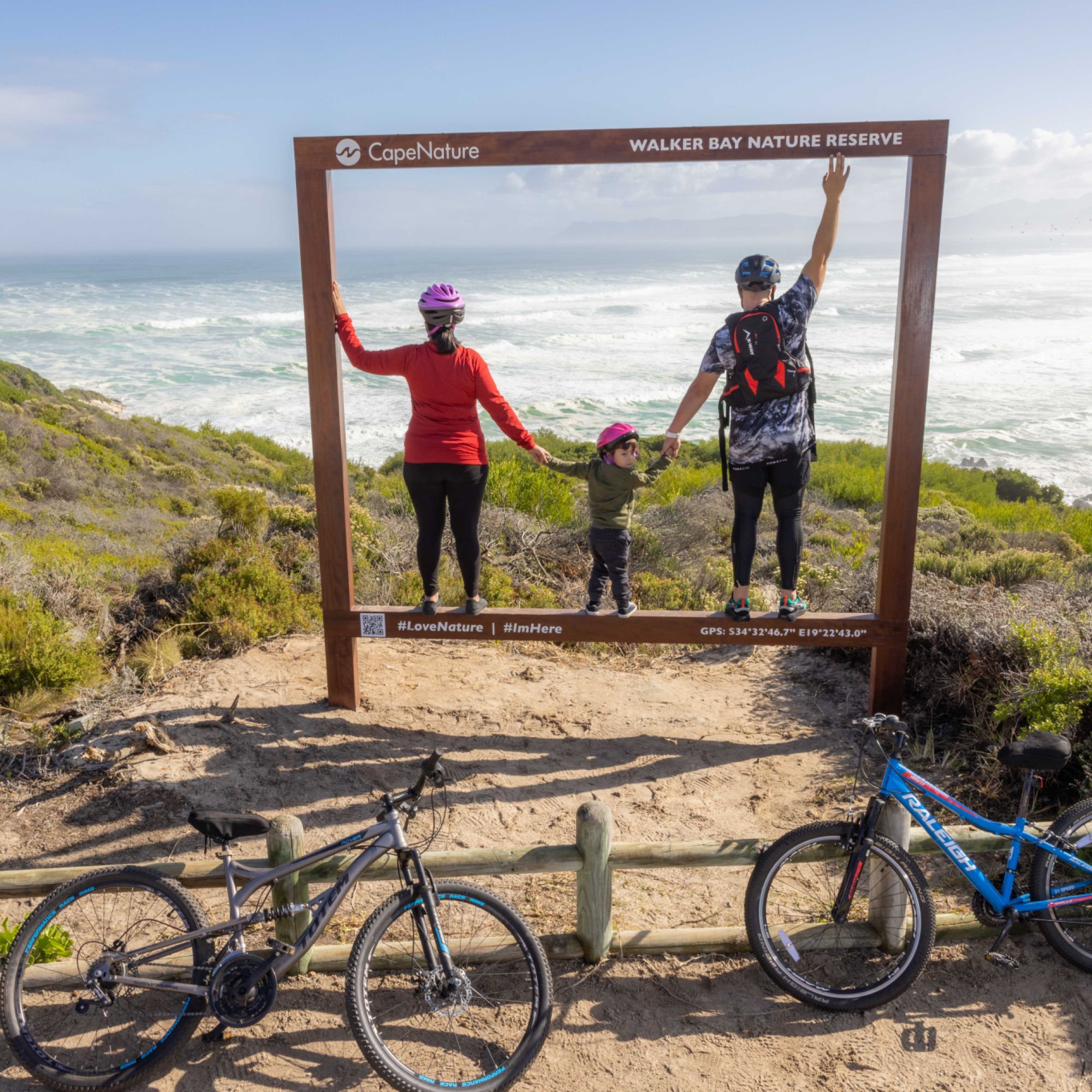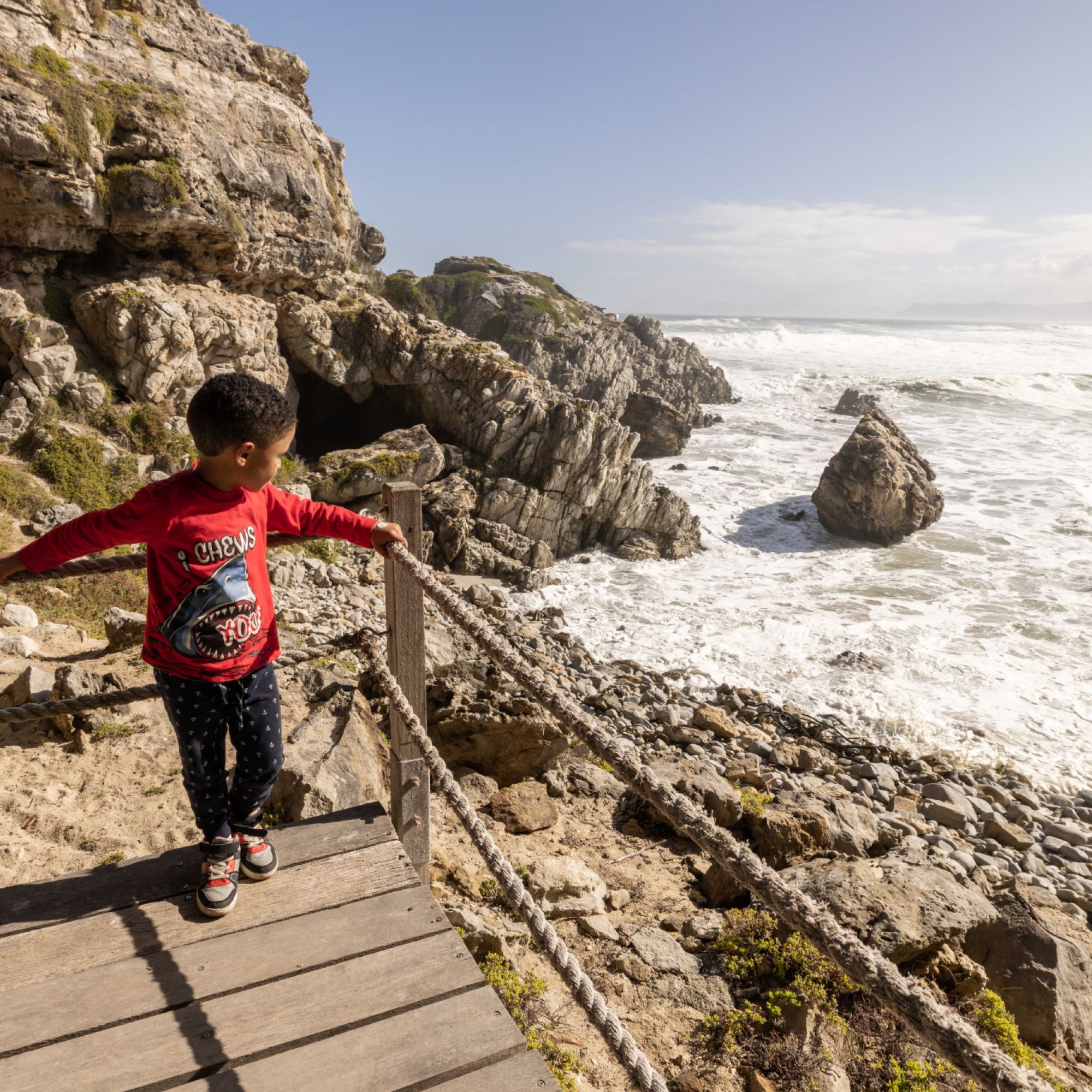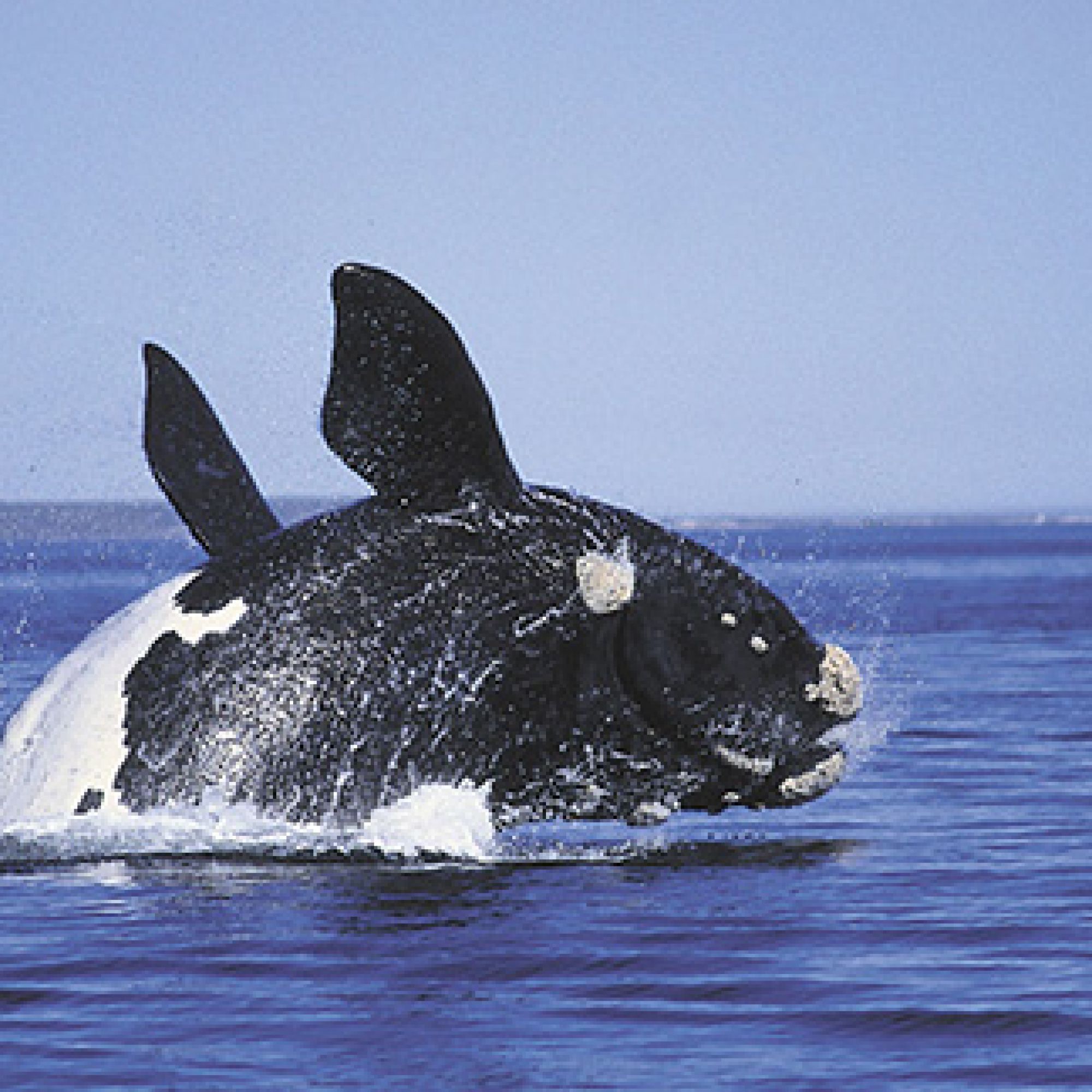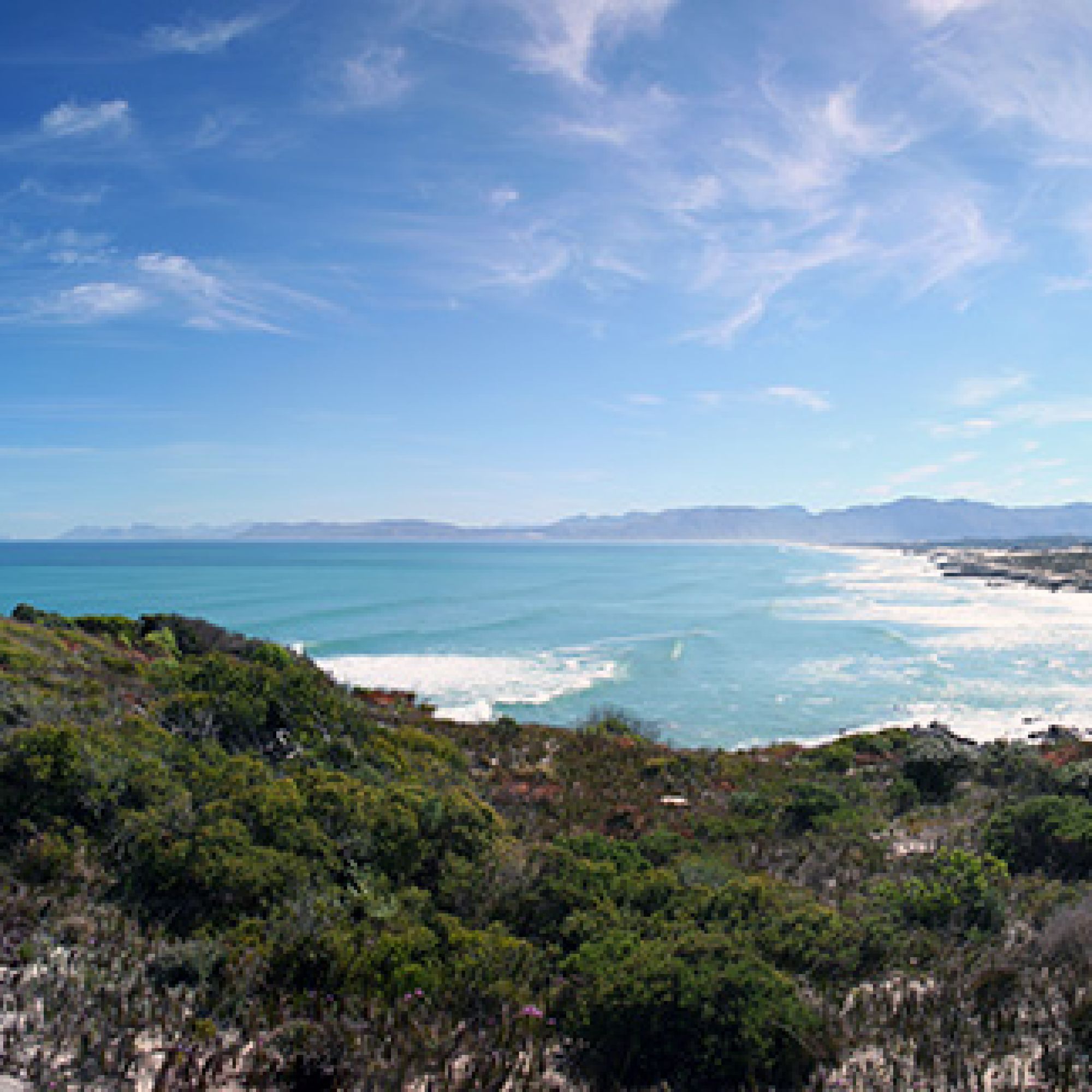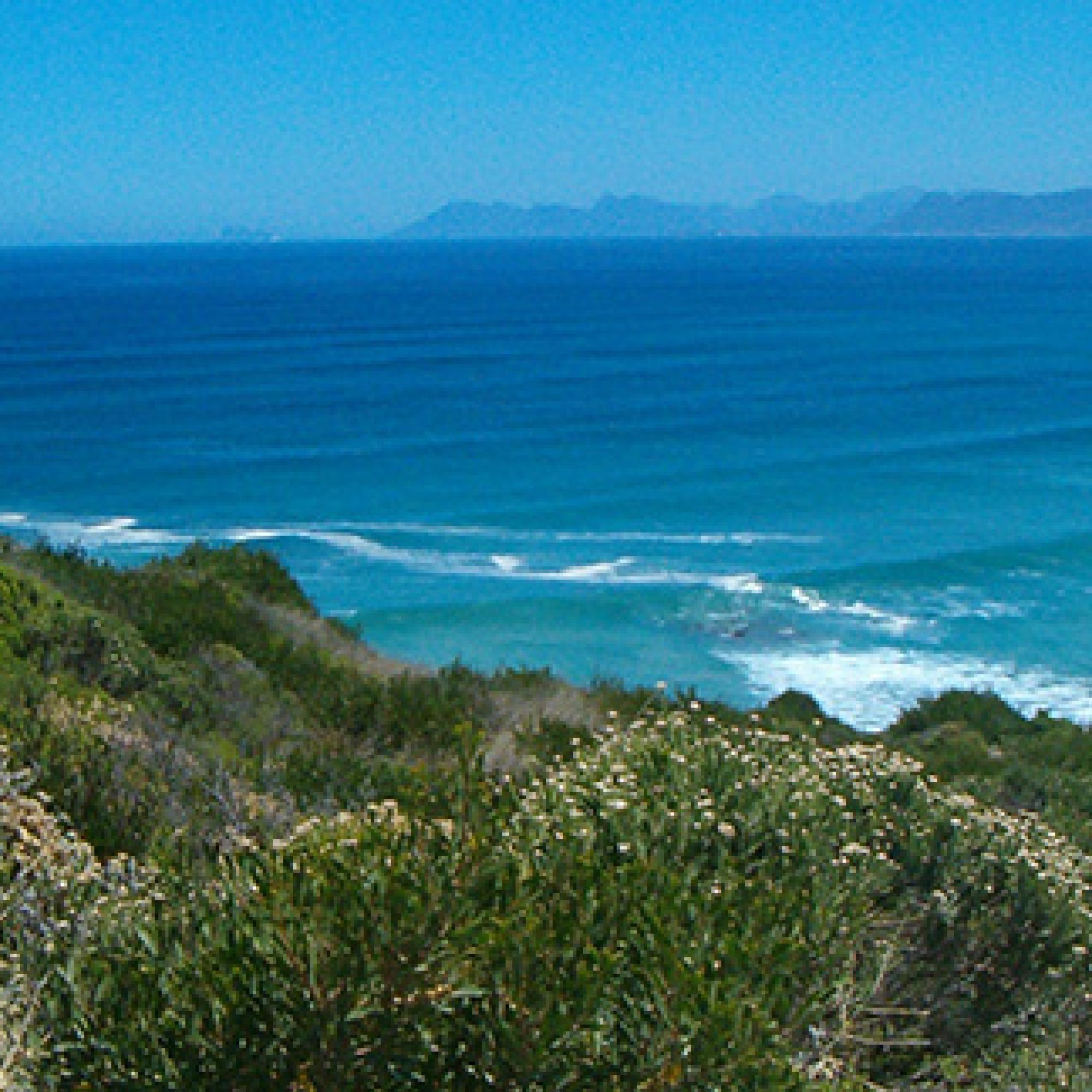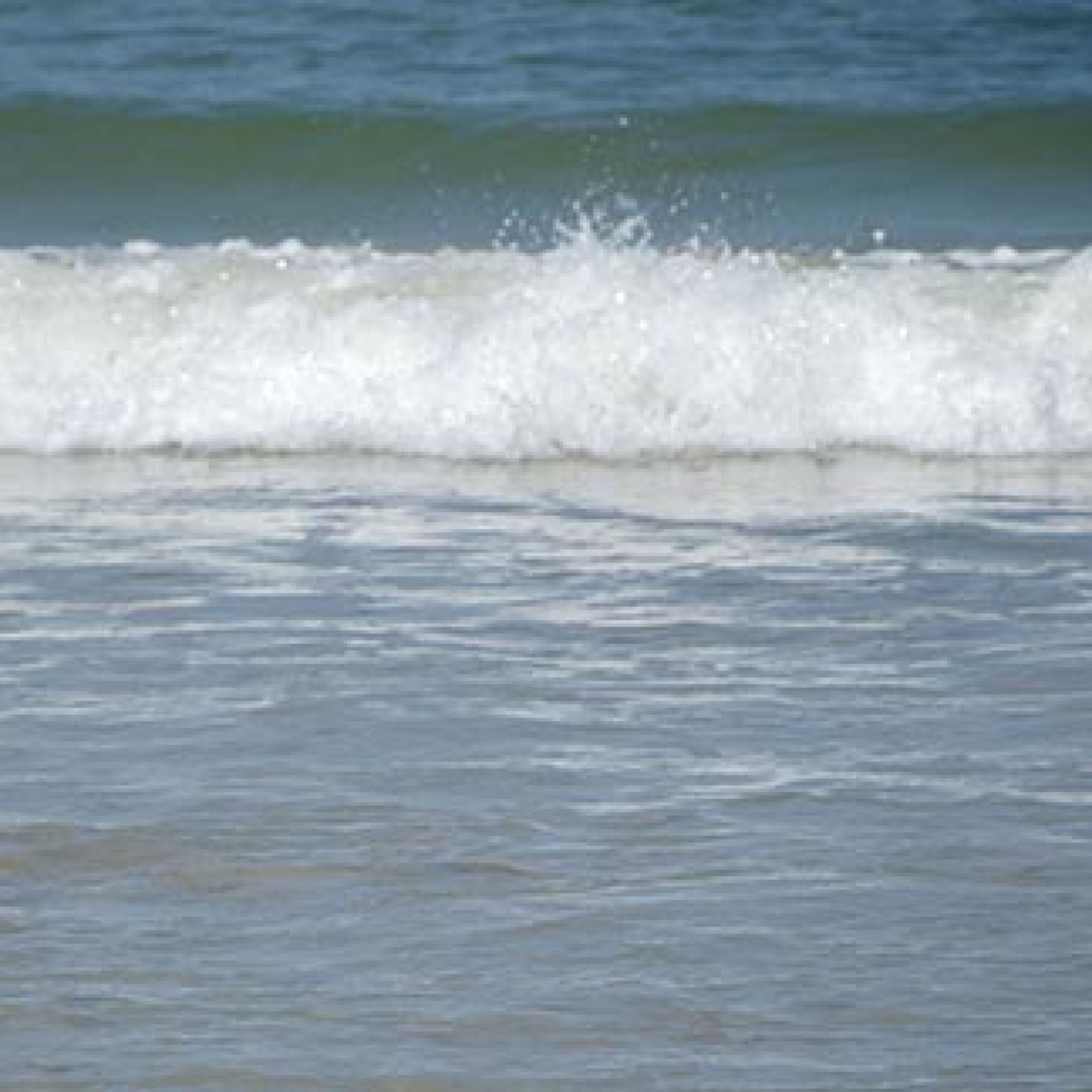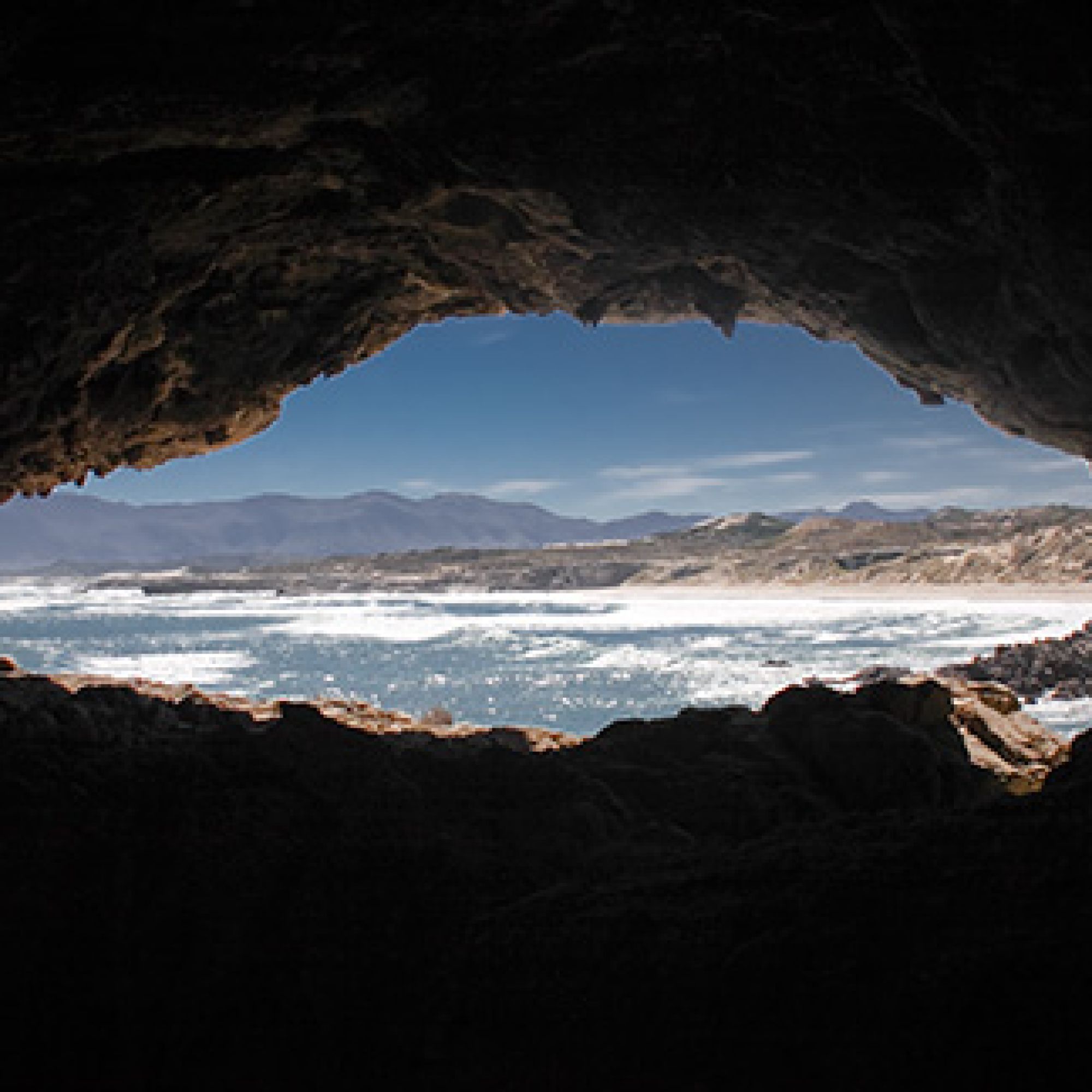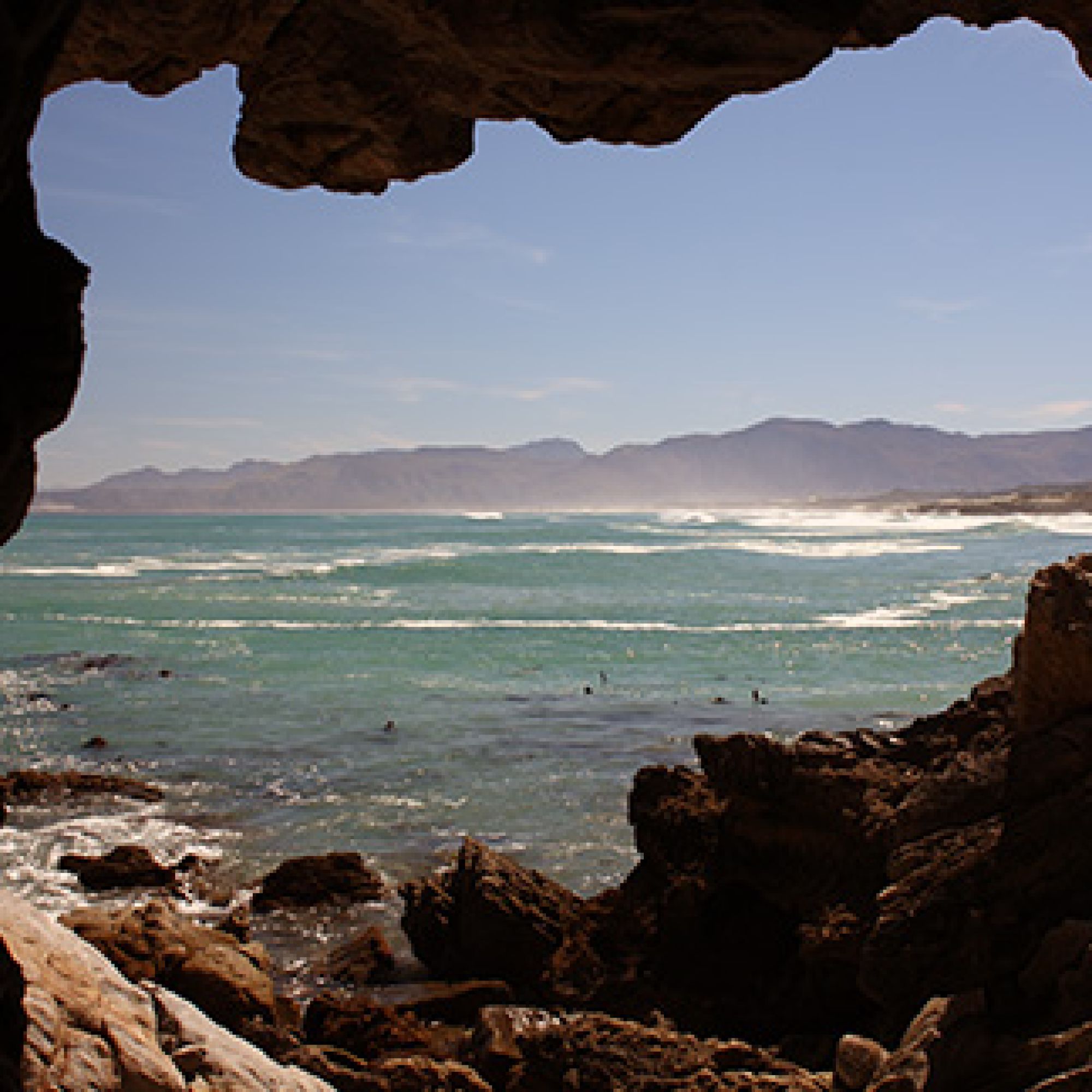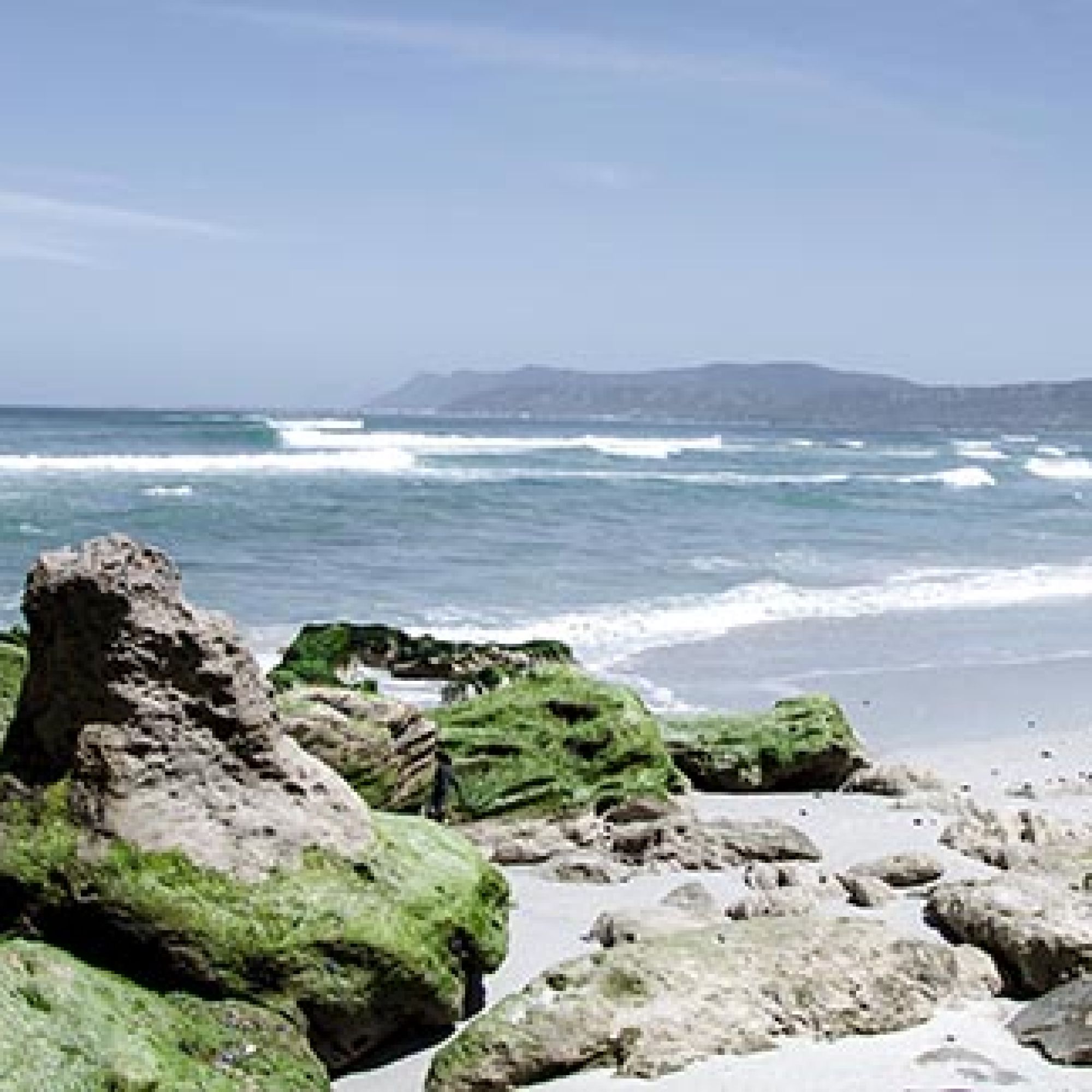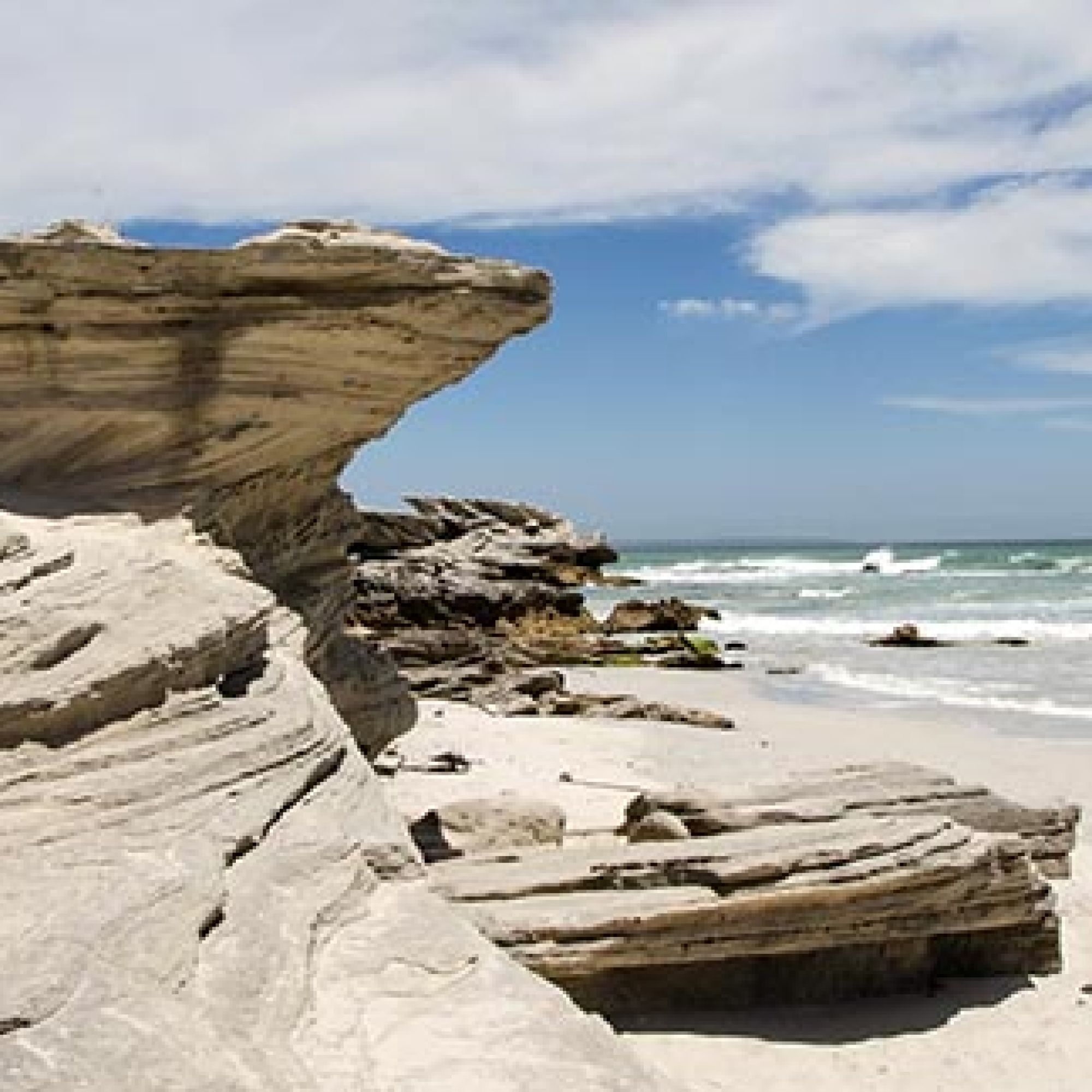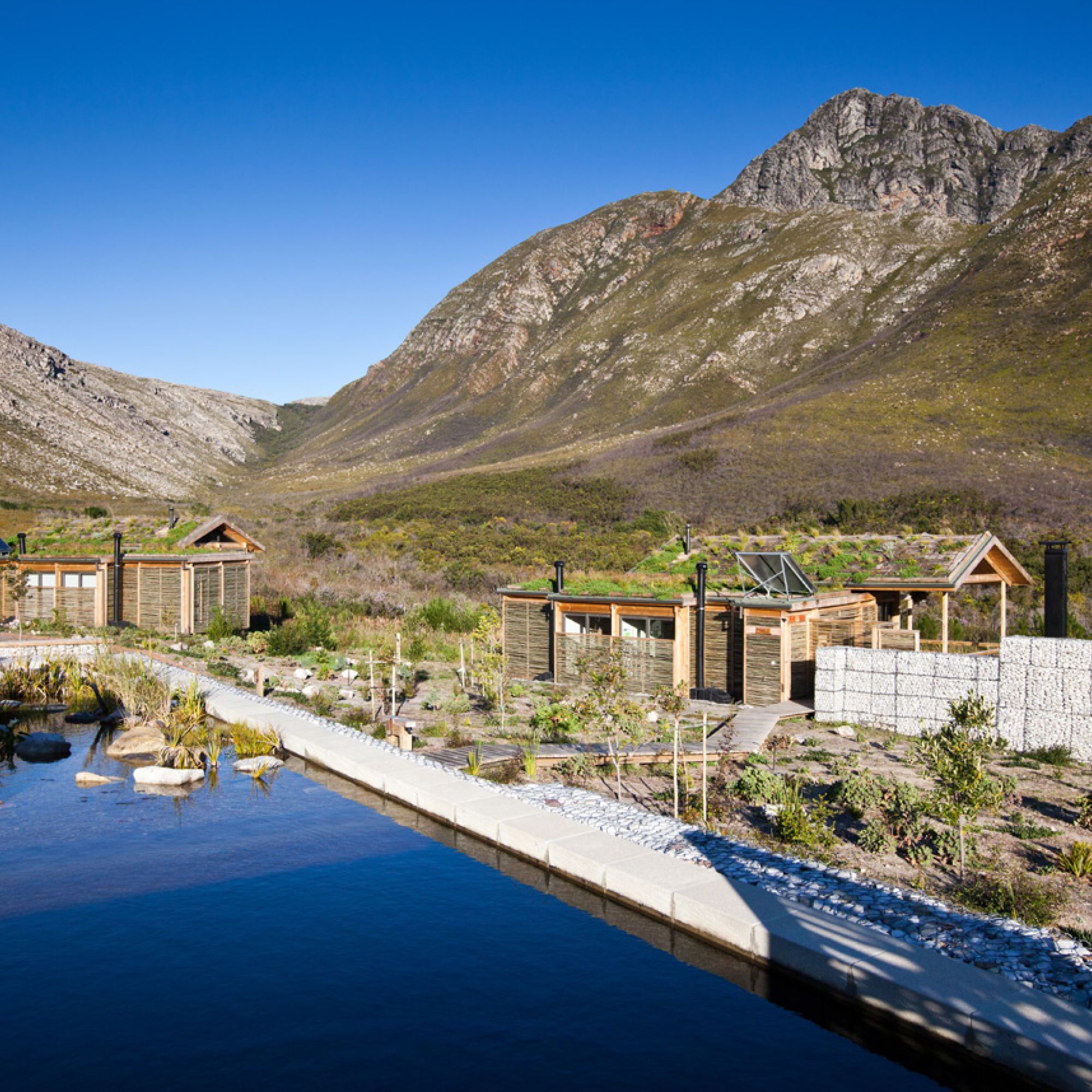Map of Reserve area
What to Do
Please note that the access road to Die Polle is closed due to dune movement. This access road will no longer be available to the public.
The Walker Bay Fishing Trail provides 4x4 access to popular angling and picnic spots along Die Plaat. Visitors can access 4x4 routes from the Stanford gate (fishing trail), De Kelders Gansbaai gate and the Uilkraalsmond Franskraal gate.
4x4 Fishing Trail
The popular 4x4 Fishing Trail is located in the Lê Bos section of Walker Bay Nature Reserve. A variety of marine fish are found along this coastline, including kabeljou, steenbras and the sought-after galjoen.
The route gives visitors easy access to popular angling sites along this stretch of coast, such as Sopiesklip, Groot Duifklip and Klein Duifklip.
The fishing trail is open daily from 07:00 to 19:00. At the gatehouse, visitors are required to pay the standard reserve conservation fee as well as an activity fee to access the trail.
Please note:
- Distance from the gate to the last fishing spot is about 9km.
- All the fishing spots have a designated parking area.
- This is a 4x4 trail – no walking or driving on dunes or coastal areas.
- Only 4x4 vehicles are allowed on the trail.
- Check your tyre pressure is correct for the driving conditions.
- Please make sure you have all the necessary permits for angling and bait collection
- No dogs or fires.
Walker Bay is a popular fishing spot, with galjoen, kabeljou and steenbras inhabiting the area. Angling sites include Galjoenbank, Sopiesklip and Skeurbank.
Marine and coastal management regulations apply to the removal of bait and other marine organisms. Permits for marine angling are available at post offices. A freshwater angling licence from CapeNature is required for angling in the Klein River lagoon and estuary.
Birders should take along their binoculars to get a closer look at the many sea birds on the reserve. During the summer months, you may see the striking African black oystercatcher. This species is threatened by coastal recreational activities as it breeds on beaches.
Visitors can enjoy a number of scenic walks around the reserve, which offer beautiful views of the area and hopefully a few whale sightings!
A beach as far as the eye can see with whales – and sometimes dolphins – frolicking in the ocean is what you will find at Walker Bay Nature Reserve. Just a few kilometres east of the popular seaside town of Hermanus, there are always plenty of whales to see along this stretch of coast.
Walker Bay is one of the best land-based areas to view whales. Take a scenic walk along the coast to see the southern right, humpback and Bryde’s whales play in the sheltered bay.
The Klipgat cave, accessible via the De Kelders gate at Walker Bay Nature Reserve, was home to Middle Stone Age and Late Stone Age humans, and is one of the most remarkable examples of early human dwellings in South Africa.
Accessible via a boardwalk, and a small amount of rock-hopping, the Klipgat Cave has two chambers. The first has a rocky floor that leads to the sea (as seen below).
To the left of this chamber is a small entryway that leads into the main site of the cave. Featuring a circular boardwalk that takes you on a journey through the historical significance of Klipgat Cave, the site is a reminder of our tremendously rich natural heritage in the Western Cape.
There are also spectacular views of the Walker Bay coastline stretching down to Hermanus in the distance, as seen below.
Walker Bay is also historically significant, with records of Middle Stone Age people (65 000 to 85 000 years ago) living in Klipgat Cave. There is also evidence that Khoi and San people lived in the area about 2 000 years ago.
Walker Bay is a picturesque, pristine reserve with an abundance of coastal and marine life. It is known as one of the best spots in South Africa to do land-based whale watching. Every year, hundreds of southern right whales gather in the sheltered bay to breed and calve their young.
To find out more, download the Walker Bay Nature Reserve brochure and map.
How to get there
From Cape Town, take the N2, turning off at the Hermanus/R43 off-ramp. Take the R43 past Hermanus, and continue on to Stanford. Visitors can access the reserve through Mierkom at Stanford, De Kelders (Die Plaat) and Uilkraalsmond. Walker Bay Nature Reserve is approximately 160 km from Cape Town. Please note that the Walker Bay office is located in Hermanus, and not at the reserve entrances. Please call ahead to clarify which entrance you must use to access your activity.
De Kelders Gate: 34°32'46.86"S 19°22'43.42"E
Uilkraalsmond Gate: 34°36'22.35"S 19°25'6.75"E
General information
Office hours: 07h30 - 16h00
Gate times: 07h00 - 19h00
Tel: 087 087 3841
Accommodation and permit bookings Tel: 087 087 8250
Adults
R60
Children (ages 4 to 17)
R40
Walker Bay Nature Reserve Filming
Walker Bay Nature Reserve encompasses five coastal reserves between Hermanus and Die Dam near Struisbaai. The largest of these is the picturesque Walker Bay which stretches from the Klein River estuary to De Kelders at Gansbaai, covering over 17km of shoreline. The white sandy beaches interspersed with rocky limestone outcrops make it a beautiful coastal spot for filming.

